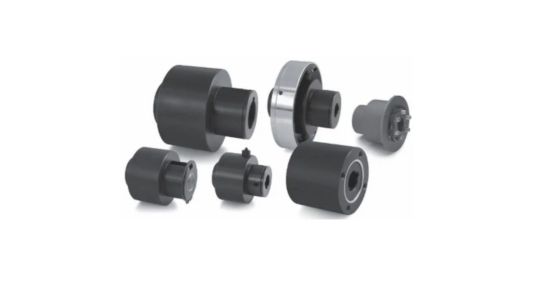The Importance of Overload Protection in Industrial Operations

In the industrial industry, ensuring the safety and strength of equipment is vital. Overload protection is a highly important part of any industrial manufacturer from safeguarding machinery to avoiding employee damage and hazards. In this blog, we will take a closer look at overload protection in an industrial setting and will better understand how it is used, why it is important and how we can prevent potential overload risks.
Knowing What Overload Protection Is
All equipment used in any industry has a limit. Overload protection is a mechanism we use to control this outcome and avoid going over the limit when using machinery. Different types of machinery have different loads, stress levels and capacities that should be followed to ensure the equipment can last as long as it should. The way that overload protection helps to control this is by detecting when excessive loads are being used and interrupting the process to stop this from happening.
Why Overload Protection is so Important
Overload protection is something that can not be overlooked. Whilst it is designed to maintain and safeguard equipment, it also mutually ensures the safety of employees in the workplace when using this equipment. It is especially important in manufacturers that often use heavy equipment as the risk of overloading equipment weight loads is higher. Without control over this, lack of overload protection can lead to equipment downtime, higher amounts of repairs and endangerment of workers.
Different Types of Overload Protection
Multiple types of overload protection can be used that are suitable for different work environments. The first is an electronic overload relay which works by monitoring current levels and tripping the system of a piece of equipment if the limit is exceeded. Another device is a mechanical overload device. This device creates a physical barrier against any excessive torque or force being used on the equipment. Finally, there are software-based systems which include lead monitoring systems and predictive analytics that offer advanced possibilities for overload detection and control.
What are the Benefits of Overload Protection?
There are a lot of positives to using overload protection, the first being that it improves the longevity of equipment. Excessive use of a piece of equipment can reduce its life expectancy as certain mechanics get worn down faster than they should. Subsequently, this encourages safety in the workplace leading to fewer accidents. This all then leads to a high workplace quality in terms of safety, efficiency and final results allowing companies to easily follow industry regulatory standards and safety guidelines ensuring legal compliance.
Conclusion
To sum up, overload protection is vital to a manufacturer to ensure high standards of safety, workplace quality and company legality. It also serves as an excellent safeguard against equipment longevity and efficiency which then reduces company costs as a whole. This is especially important looking to the future as technology advances.
For more articles like this, head to our knowledge base
Need help finding the right solution?
Our experienced team is here to provide expert advice and help you choose the perfect component for your application. Contact us today to discuss your requirements.